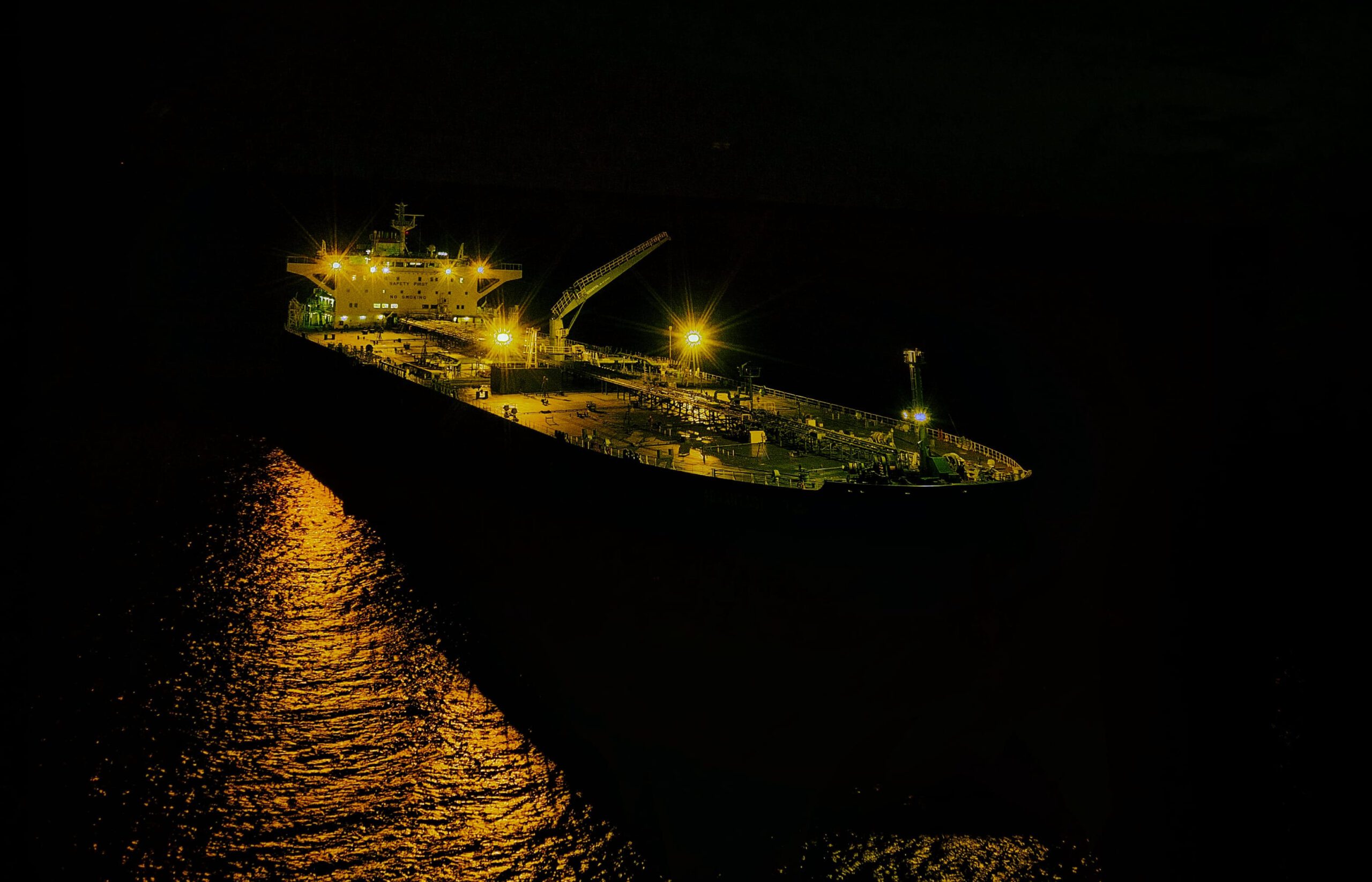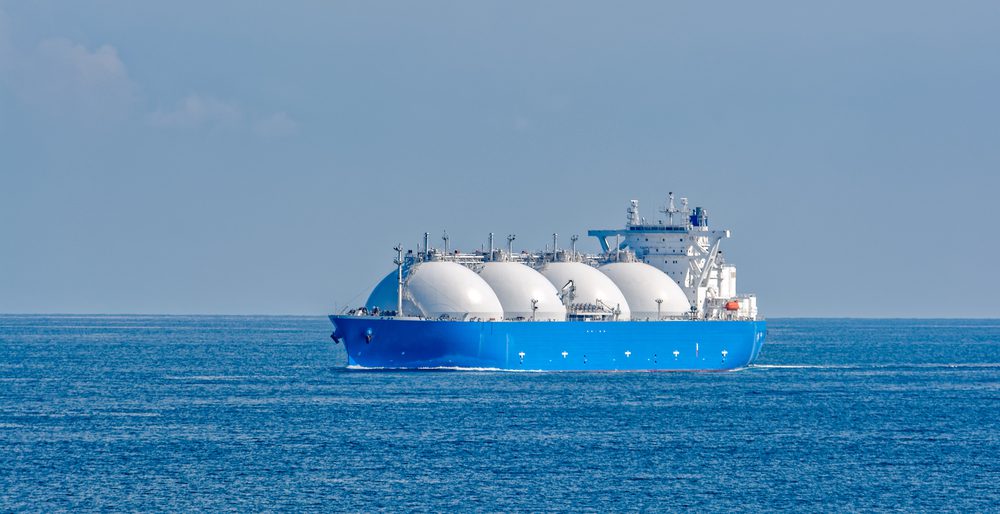(Bloomberg) —
Saudi Aramco, the world’s largest oil company, is continuing to send tanker loads of crude and fuels through the southern Red Sea, where Houthi militants have for months been menacing merchant ships in response to the Israel-Hamas war in Gaza.
“We’re moving in the Red Sea with our oil and products cargoes,” Mohammed Al Qahtani, who heads Aramco’s refining and oil trading and marketing businesses, said in an interview at the company’s headquarters in Dhahran. The associated risks are “manageable,” he said.
The decision contrasts with swaths of other tanker owners who abandoned Red Sea trips after the US and UK bombed parts of Yemen in an effort to quell the Houthi attacks. The militants responded by saying both nations’ shipping would be targeted, alongside that of Israel prompting naval warnings for merchant vessels to stay away.
Even before the US and UK attacks, which have been ongoing since Jan. 12, hundreds of container ships and many other merchant vessels had already veered away from the area — an unavoidable route for any carrier wanting to use the Suez Canal to cut between Asia and Europe.
That’s lengthened voyages and delayed cargoes of everything from fuels to car parts as many of the ships go the longer way around Africa. It’s also fanning concerns about a return of inflation.
The Saudis have called for restraint in the US and UK strikes against the Houthis, trying to keep its own peace talks alive with the militants. The kingdom is seeking to end its militarily involvement in Yemen’s civil war, a conflict that has seen the rebels attack Saudi oil installations in the past.
The US and UK imposed sanctions Thursday on four Houthi officials, while China reiterated a call for attacks on shipping to be reined in.
Saudi Arabia’s location — with the Red Sea on its west and the Persian Gulf on its east — makes it somewhat tricky for OPEC’s largest producer to avoid using the area.
Aramco regularly brings crude and fuel from the Persian Gulf, where its largest oil fields and major refineries are located.
There have been a steady stream of shuttle tankers going through the southern Red Sea — including to and from the Jizan refinery in the Red Sea — since the conflict started, tanker tracking compiled by Bloomberg shows. A fuel cargo for Jordan also went through.
However, Aramco’s customers have shipped no crude cargoes through the Red Sea so far this month that might at other times have gone through the waterway via Egypt to buyers in the west. Such flows are intermittent anyway because most Saudi crude goes to Asia.
At least two other tankers that loaded Saudi crude at Ras Tanura and fuel at Jubail, both in the Gulf, are making their way around Africa on the trip to Europe, rather than taking the shorter route through the Red Sea, according to ship tracking.
Saudi Aramco also uses a cross country pipeline to ship some crude from its main fields in the east to the Red Sea coast, from where it can be exported via the Suez canal, Qahtani said.
In the first half of January, Aramco shipped as much crude from its Red Sea terminal at Yanbu northwards toward Europe as it did in the whole of the previous month, vessel tracking data compiled by Bloomberg show.
“That is also giving us huge access and optionality,” Qahtani said. “We are assessing that almost on a daily basis.”
Still, like the rest of the industry, Aramco is having to deal with fewer vessels willing to travel into the Red Sea and higher insurance costs for doing so.
“The impact is on the costs of these shipments,” said Qahtani, whose official title is Downstream President. “It’s increasing as a result of what’s happening. But overall it’s is very manageable.”
© 2024 Bloomberg L.P.

 Join The Club
Join The Club











